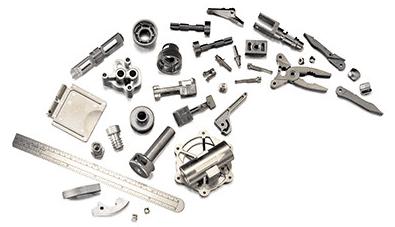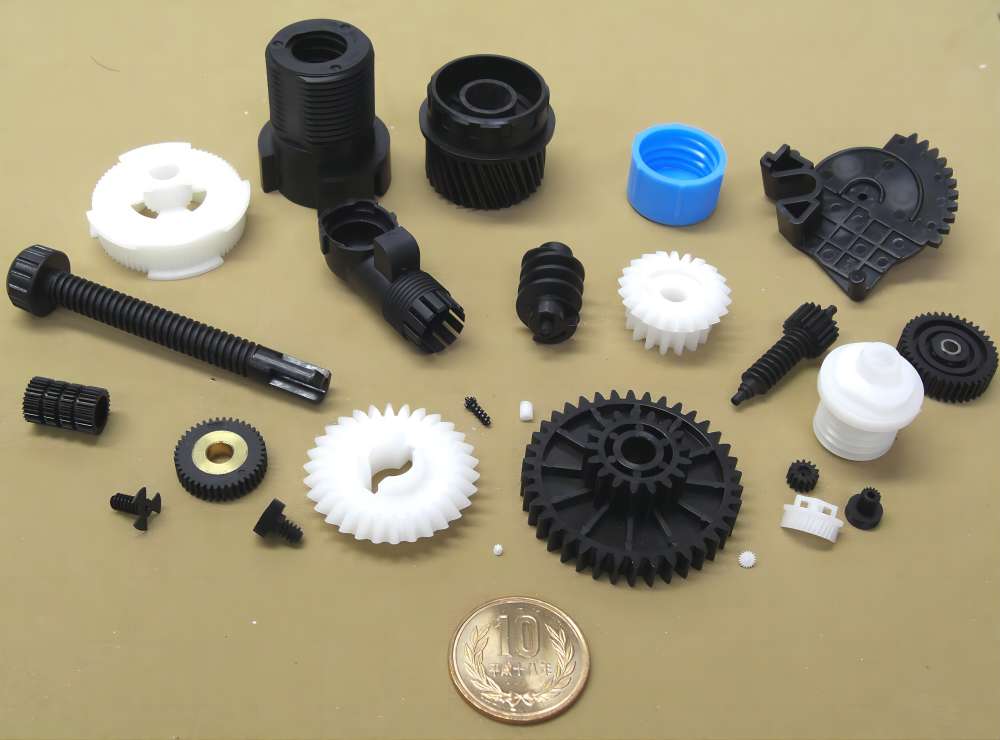Injection molding stands as a versatile manufacturing process, employed in crafting a plethora of products ranging from toys and consumer goods to intricate medical devices and automotive components. One pivotal aspect of this process lies in material selection, wielding a profound influence on the properties and performance of the final product. In this discourse, we delve into the nuances of selecting materials for injection molding products, encompassing the significance of material choice, the spectrum of materials utilized, and pivotal considerations in material selection.

Understanding Injection Molding:
At its core, injection molding entails the heating of a thermoplastic to a molten state, followed by its injection into a mold. Subsequent cooling and opening of the mold culminate in the ejection of the finished product. This method facilitates the production of parts in high volumes, boasting intricate details and complex shapes, rendering it an ideal avenue for mass production endeavors.
Varieties of Materials for Injection Molding Products:
Material selection forms the bedrock of injection molding product design, wielding profound implications on performance, quality, and cost-effectiveness. Broadly, three main types of materials grace the domain of injection molding: thermoplastics, thermosetting plastics, and elastomers.
1. Thermoplastics:
Esteemed for their versatility, ease of processing, and recyclability, thermoplastics reign supreme in injection molding applications. Notable variants include polypropylene (PP), polyethylene (PE), polystyrene (PS), and polyvinyl chloride (PVC), each imbued with unique properties conducive to diverse applications.
2. Thermosetting Plastics:
Distinguished by their propensity to undergo a chemical reaction during the molding process, resulting in a cross-linked polymer structure impervious to melting or reshaping, thermosetting plastics epitomize durability and heat resistance. Epoxies, phenolics, and melamines stand as prime exemplars in this category, finding resonance in applications necessitating robustness.
3. Elastomers:
Exhibiting elastic properties conducive to stretching and subsequent reversion to their original form, elastomers find utility in applications mandating flexibility, cushioning, and impact resistance. Silicone and polyurethane emerge as quintessential players in the realm of injection molding elastomers.

Key Considerations in Material Selection:
The discerning process of material selection for injection molding products warrants a meticulous examination of various facets, including mechanical, chemical, and aesthetic properties, alongside judicious cost evaluations.
Mechanical Properties:
Encompassing factors like strength, durability, and flexibility, the mechanical attributes of a chosen material play a pivotal role in determining its performance under duress, ensuring functional integrity.
Chemical Properties:
Resilience to chemicals, UV radiation, and moisture constitutes a linchpin in enhancing the longevity and robustness of injection molded products, underscoring the significance of scrutinizing chemical properties during material selection.
Aesthetic Properties:
The visual allure and tactile appeal of a product are often predicated on factors like color, texture, and surface finish. Hence, meticulous attention to aesthetic properties during material selection can augment the product's marketability and consumer appeal.
Cost Considerations:
Balancing material costs against manufacturing expenses and product performance is indispensable in fostering cost-effective solutions, harmonizing economic viability with functional efficacy.
Specialized Endeavors: Metal Injection Molding (MIM):
Metal injection molding (MIM) emerges as a niche facet of injection molding, harnessing metal powders to fabricate high-density metal parts boasting intricate geometries. Widely prevalent in crafting medical devices, aerospace components, and electronics, MIM underscores the criticality of judicious material selection. Metals such as stainless steel, titanium, and tungsten feature prominently in MIM endeavors, delineating the trajectory of final product properties.
In Conclusion:
Material selection stands as a linchpin in the realm of injection molding, dictating the trajectory of product properties and performance. Thermoplastics, thermosetting plastics, and elastomers constitute the cornerstone of materials employed in this domain, each catering to distinct application requisites. Anchored by a holistic evaluation encompassing mechanical, chemical, aesthetic, and cost considerations, material selection emerges as a seminal determinant of injection molding product quality and market viability. By discerningly navigating the labyrinth of material choices, injection molding manufacturers can usher in a new epoch of excellence, crafting products tailored to meet the exigencies of diverse applications.